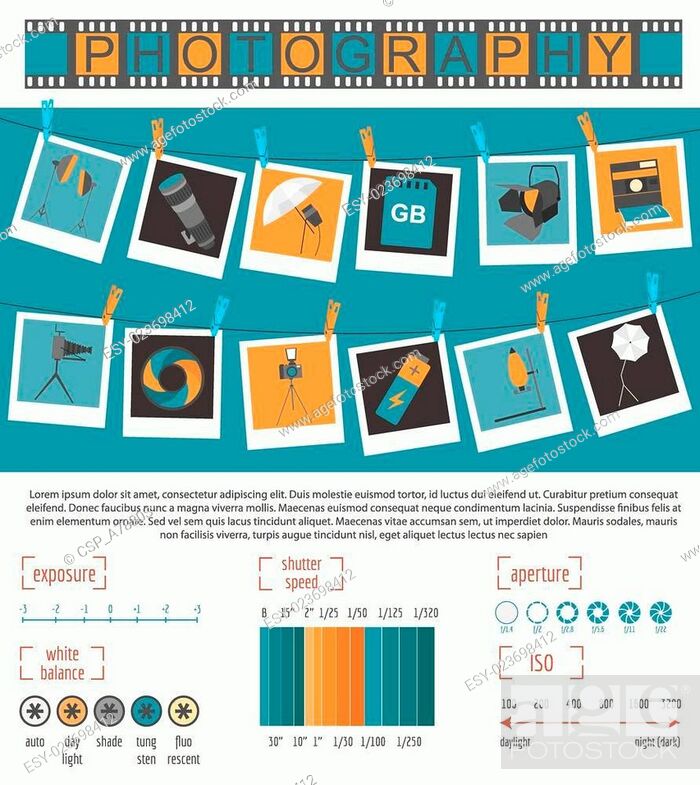What Every Digital Photographer Needs To Know About Lights
What Every Digital Photographer Needs To Know About Lights
Blog Article
Authored By-Beck Isaksen
As a photographer, you understand that lights can make or break your images. Understanding the nuances of both natural and man-made light is essential for recording the mood and clearness you aim for in your job. Whether you're going after the perfect golden hour glow or fine-tuning your man-made setups, mastering these components can elevate your photography considerably. However there prevail pitfalls that many neglect, and identifying them can change your method to every shoot. Let's explore what you could be missing and how it can influence your outcomes.
Comprehending All-natural Light
Understanding natural light is crucial for any professional photographer looking to enhance their work. It's the structure of wonderful digital photography, affecting state of mind, tone, and quality. When you fire outdoors, take note of the time of day. The gold hour-- soon after sunrise and prior to sundown-- supplies soft, warm light that can change average scenes into spectacular photos.
Do not undervalue the power of overcast days. Cloud cover diffuses sunlight, producing a soft, also light that's perfect for pictures and macro photography. You'll discover shades appear this type of lighting without extreme shadows.
Placing matters, as well. Always consider your subject's positioning to the light. If the sunlight's behind your topic, you may wind up with a silhouette, which can be remarkable but mightn't be what you want. Alternatively, straight sunshine can develop uncomplimentary darkness.
Try out angles; sometimes, altering your viewpoint can yield outstanding outcomes. Use natural reflectors, like water or sand, to jump light onto your subject, including dimension.
Learning Artificial Light
Mastering fabricated light is important for professional photographers who want to take their skills to the next degree. Whether you're using speedlights, studio strobes, or continual lights, understanding just how to adjust these resources can drastically improve your pictures.
Begin by familiarizing on your own with the fundamentals of light high quality, direction, and color temperature. Experiment with various modifiers like softboxes, umbrellas, or grids to regulate the softness or cruelty of the light.
You'll find that soft light usually develops lovely results, while harsher light can include drama and deepness. Don't shy away from shadows; they can boost the three-dimensionality of your subjects.
Pay close attention to the placement of your lights. A light located also near to your subject can produce unflattering outcomes, while also far can bring about an absence of detail. Utilize a light meter or your video camera's histogram to ensure you're revealing appropriately.
Lastly, bear in mind that synthetic light can be combined with ambient light for imaginative results. Stabilizing these resources might take technique, but once you grasp it, your photography will truly shine.
Methods for Various Situations
When you enter various shooting situations, adapting your lights strategies is crucial for capturing the best photos. For check out here , make use of the gold hour-- morning or late afternoon light-- to soften darkness and boost complexion.
If it's a severe midday sun, take into consideration utilizing a reflector to bounce light back onto your subject or seek shaded locations for an extra even exposure.
In low-light scenarios, like indoor events, raise your ISO and make use of a broad aperture to allow in even more light. A tripod can assist remove electronic camera shake, enabling longer direct exposures without obscuring.
If you're contending evening, explore off-camera flash to create dynamic lights and depth in your photos.
For item photography, utilize diffused illumination to avoid harsh reflections. Softboxes or light camping tents can aid attain this impact.
When photographing landscapes, think about the direction of light and time of day, as it can drastically transform the state of mind of your shot.
Always be https://telegra.ph/Creative-Ways-To-Market-Your-Photography-Provider-01-08-2 to adjust your settings and placing based upon the circumstance, as flexibility is vital to understanding illumination in photography.
Conclusion
To conclude, grasping lights is essential to elevating your digital photography skills. Embrace https://scotchwhisky.com/magazine/features/24705/pro-tips-to-improve-your-whisky-photography/ -natural light's appeal during gold hour, and don't shy away from explore man-made light techniques. By adapting your approach to different situations, you'll record magnificent images that reverberate with emotion and clearness. Keep in mind, the best lighting can change an average shot into something extraordinary, so keep exercising and fine-tuning your understanding of both natural and man-made light. Happy shooting!
